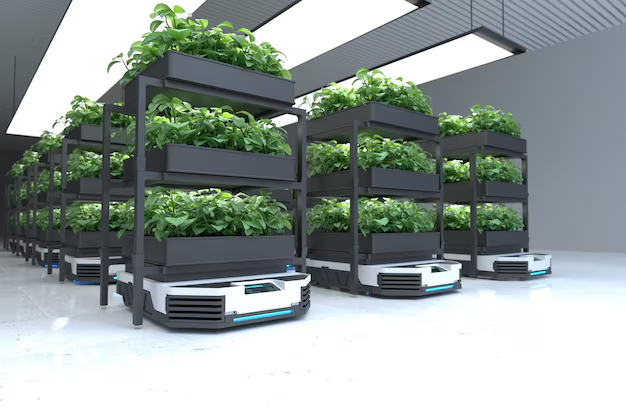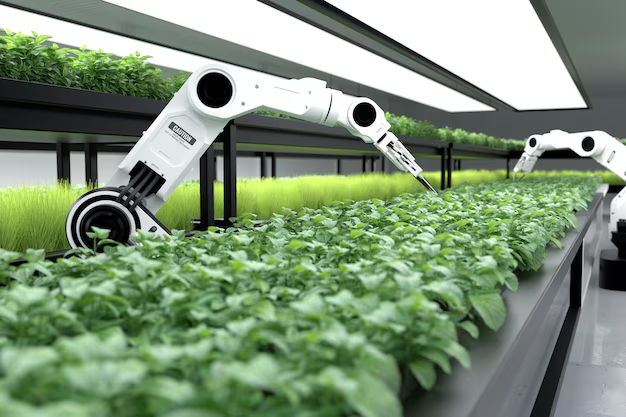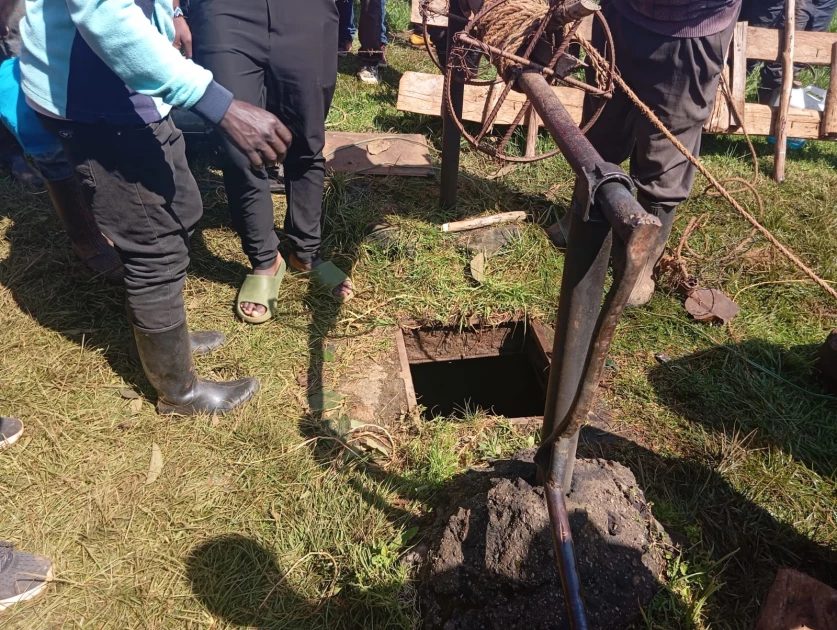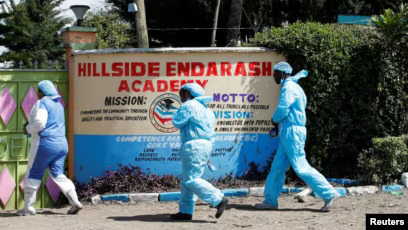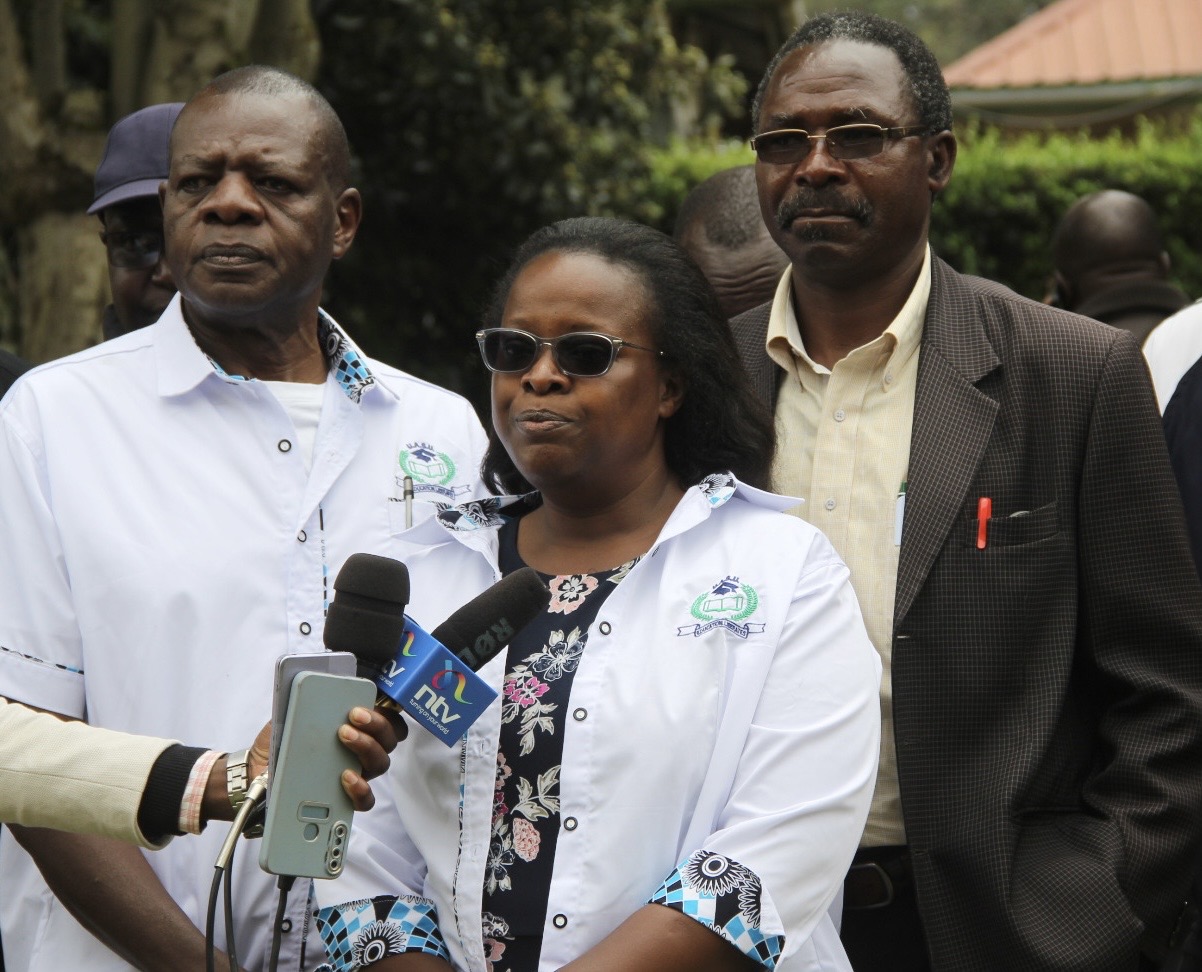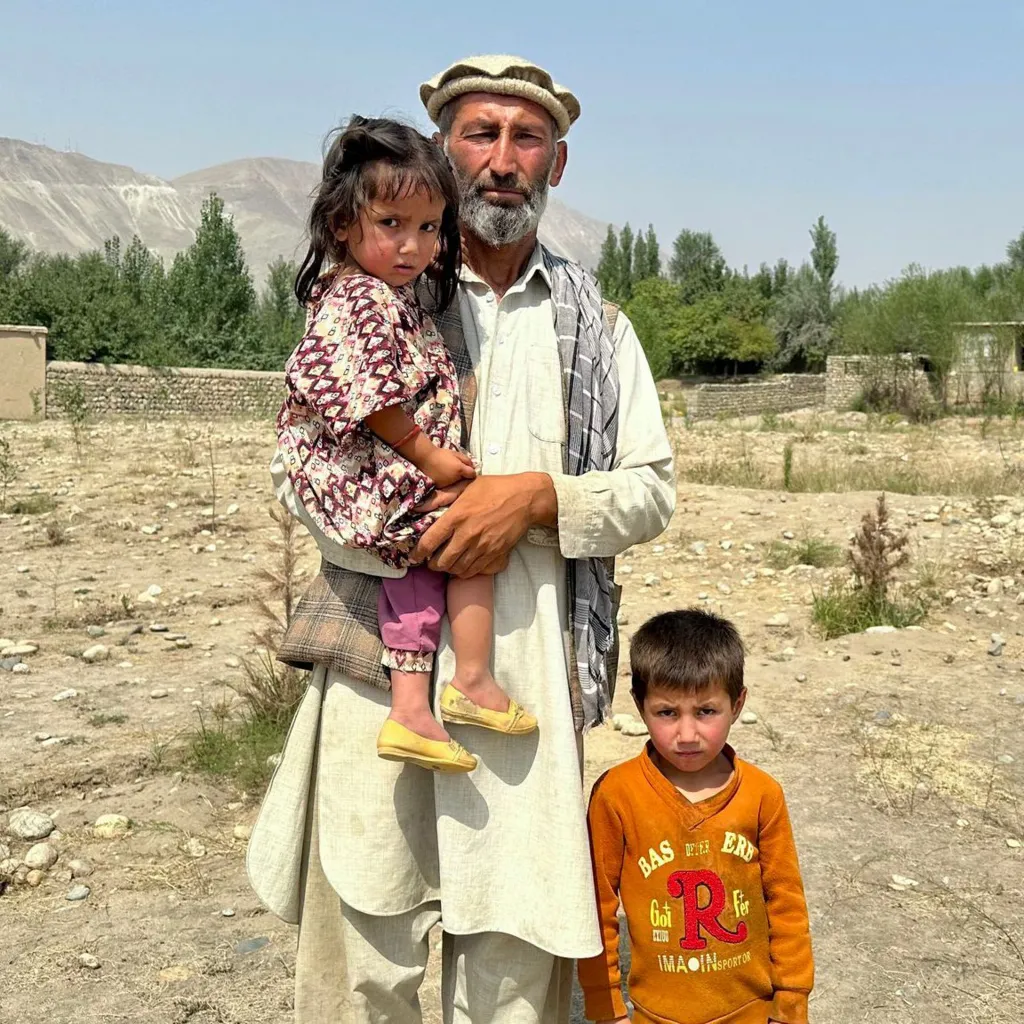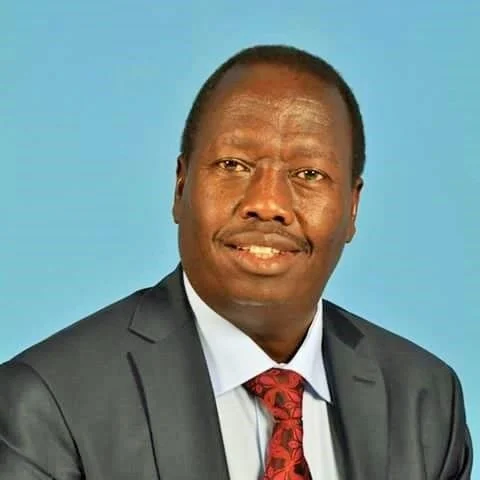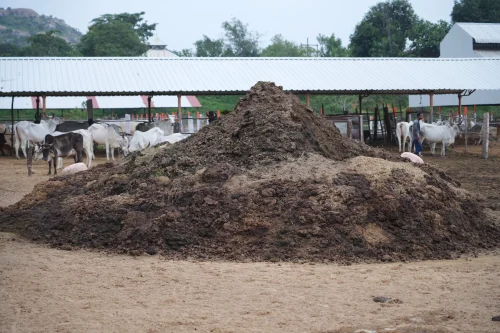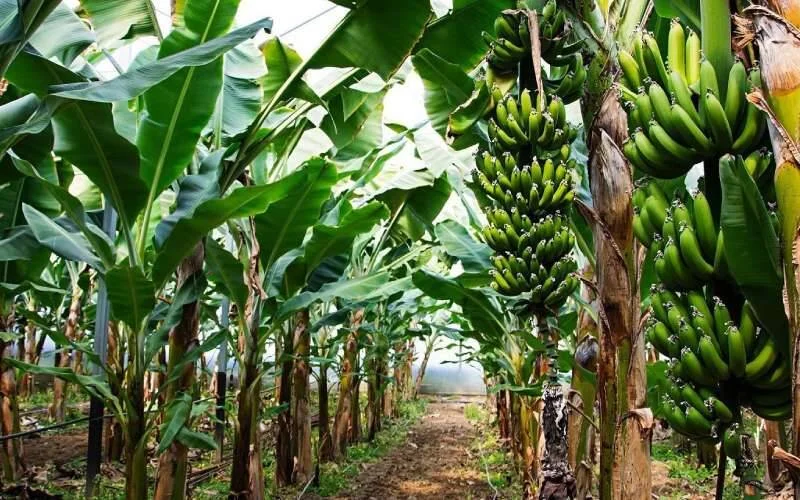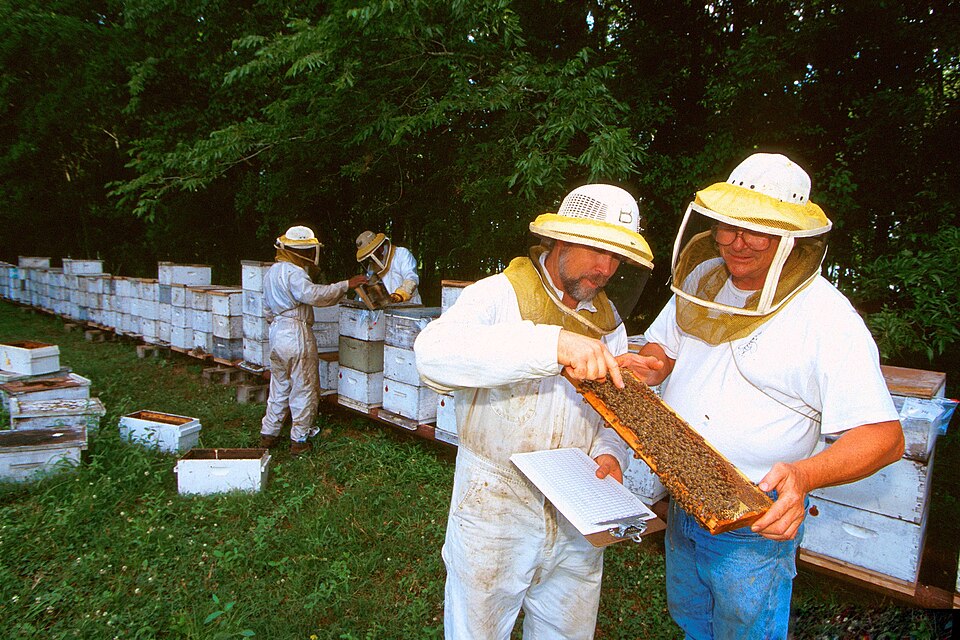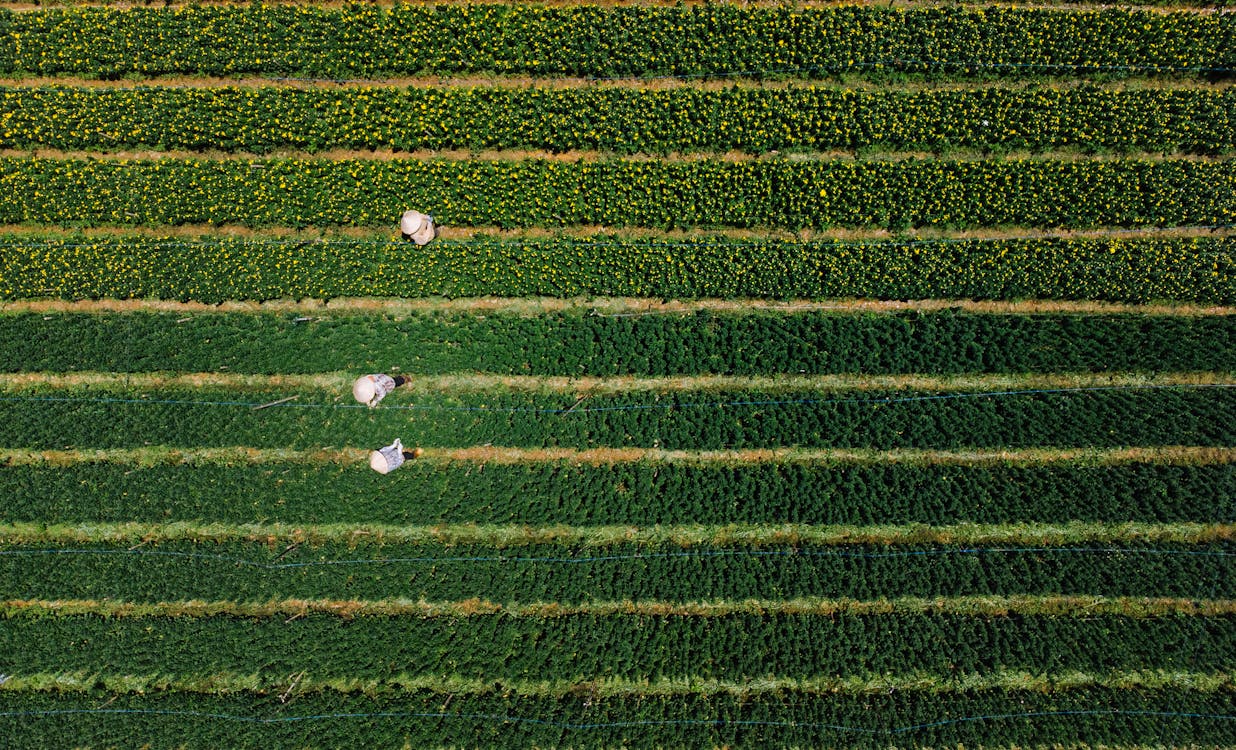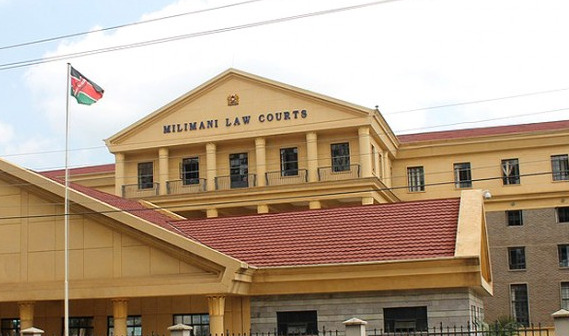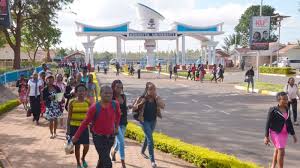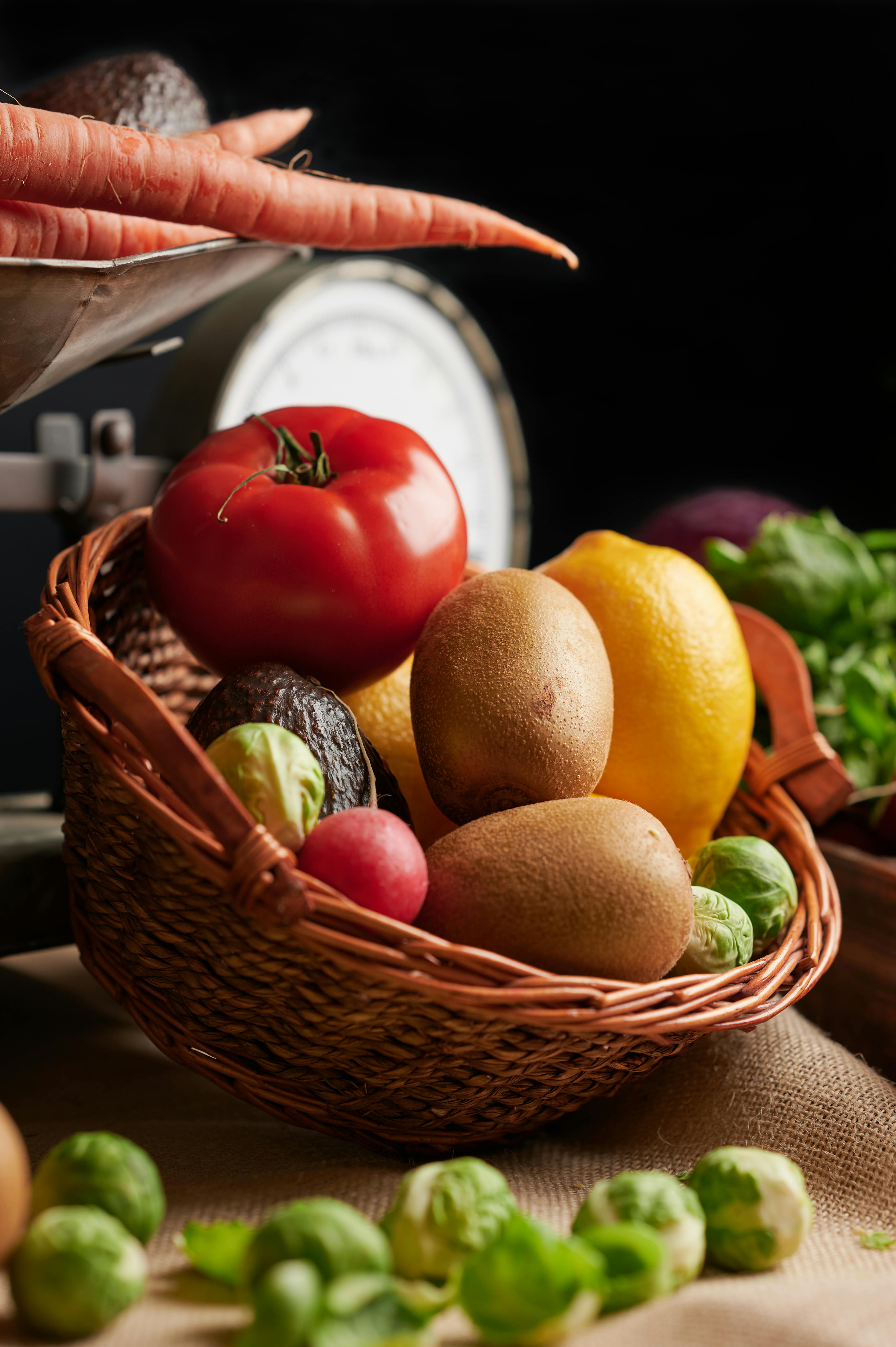🌾 The Digital Farmhand: AI Takes Root in Agriculture
The 21st-century farm is less about weathered hands gripping a plow and more about algorithms analyzing soil micronutrients. Artificial Intelligence has become agriculture's central nervous system, processing data from satellites, drones, and ground sensors to make micro-decisions that maximize yield while minimizing waste.
By 2025, AI-driven precision farming is projected to increase global crop yields by 20–30% while reducing water and chemical use by 25–40% [FAO, Nature, WEF]. Startups like Agrematch (part of ICL Planet’s portfolio) use AI to accelerate the discovery of novel crop solutions, analyzing billions of data points to identify bio-compounds that enhance drought resistance or nutrient uptake.
Farmers no longer walk fields guessing where pests might strike; they receive real-time alerts on their phones when AI detects early signs of infestation through spectral imaging. Systems like Farmonaut’s Jeevn AI Advisory analyze satellite imagery, weather patterns, and soil moisture levels to deliver hyperlocal irrigation schedules, pest risk forecasts, and harvest timing recommendations – all accessible via smartphone even in remote regions.
🌱 The Underground Revolution: Biotechnology’s Climate-Proof Crops
Beneath the surface, a quieter revolution is unfolding. Biotechnology is equipping plants with superhero-like resilience through CRISPR gene editing and microbial partnerships. In 2025, these innovations are helping farmers combat climate volatility:
- 🌵 Drought-tolerant maize varieties with deeper root systems can access subsoil moisture, reducing irrigation needs by 40% in water-scarce regions.
- 🌿 Nitrogen-fixing bacteria coatings for seeds slash synthetic fertilizer requirements by up to 50%, dramatically reducing runoff pollution.
- 🐛 RNA-based biopesticides target specific pests without harming beneficial insects, offering an eco-friendly alternative to broad-spectrum chemicals.
These advances are projected to reduce global agricultural chemical use by 20% by 2025 while maintaining yields – a critical step toward ecological balance. Companies like Lavie Bio and PlantArcBio are pioneering microbial solutions that enhance soil microbiomes, effectively turning farmland into carbon-sequestering, self-nourishing ecosystems.
🌆 Vertical Horizons: Sky-High Farms and Closed-Loop Systems
Urban landscapes are sprouting food where once there was concrete. Vertical farming has evolved beyond leafy greens to include strawberries, tomatoes, and even root vegetables, with the U.S. market projected to hit $42 billion in 2025 [Statista, Grand View Research].
These climate-controlled towers leverage:
- 💡 Tunable LED spectrums that accelerate growth while enhancing nutritional profiles (e.g., boosting basil’s essential oils by 15%).
- 💧 Aeroponic misting systems using 90% less water than field agriculture while growing produce 50% faster.
- 🤖 Robotic harvesters with AI vision that pick ripe fruit with millimeter precision, reducing labor costs by 30%.
Meanwhile, aquaponics is emerging as the ultimate closed-loop solution. At Trees.com’s demonstration farm, tilapia waste nourishes basil plants, which in turn filter water for the fish – creating a symbiotic system that yields both protein and produce with near-zero waste.
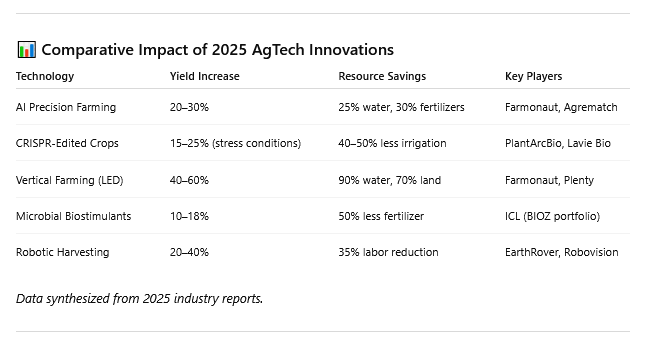
🌍 Carbon as Currency: Farming’s New Economic Model
Agriculture is flipping its climate narrative – from emissions source to carbon sequestration powerhouse. Advanced MRV (Measurement, Reporting, Verification) technologies are turning regenerative practices into profit centers:
- 🛰️ Satellite-based carbon tracking uses AI to quantify soil carbon stocks, enabling farmers to sell verified credits on blockchain platforms.
- 🌋 Biochar systems transform crop waste into stable carbon that remains locked in soil for centuries while improving fertility.
- ☀️ Agrivoltaics installations allow farmers to "double-crop" – generating solar energy above while growing shade-tolerant crops below, increasing land revenue by 40%.
In Australia, HydGene Renewable pioneers green hydrogen production from agricultural waste like straw or sugarcane pulp, creating a circular economy where farms become energy producers. These innovations position farmers as frontline warriors against climate change, monetizing sustainability through carbon farming initiatives projected to sequester 2.5 gigatons of CO₂ annually by 2030 [WEF, FAO].
📡 The Connectivity Harvest: From Satellites to Supply Chains
The digital thread now stretches from seed to supermarket. Blockchain traceability platforms create immutable records of every input and process, allowing consumers to scan a QR code and see a tomato’s journey from vertical farm to shelf – including water usage, carbon footprint, and harvest timestamp.
Meanwhile, IoT-enabled grain bins adjust humidity based on real-time commodity prices, holding crops until market conditions optimize profits.

Connectivity also democratizes finance. Smallholders historically excluded from credit now use platforms like Farmonaut’s satellite-backed verification for crop loans and insurance. Lenders assess field conditions remotely, slashing approval times from weeks to hours while reducing fraud risks.
🚀 Cultivating Tomorrow: 2025’s Emerging Frontiers
As we look beyond 2025, three frontiers promise further disruption:
- ⚡ Edge AI Processing: Microchips embedded in soil sensors will analyze data locally, making instant irrigation decisions without cloud dependency – crucial for remote farms.
- 🌱 Phytosensor Plants: Crops genetically engineered to "glow" under UV light when detecting disease, acting as living alarm systems for pathogens.
- 🤖 Swarm Robotics: Miniature autonomous robots that weed, seed, and monitor fields collaboratively, communicating via mesh networks.
These technologies converge toward a future where farms operate as self-optimizing ecosystems, responding to microclimate shifts in real-time while regenerating the environment. As Hadar Sutovsky, VP at ICL, notes:
"AI, microbial solutions, and automation are reversing the damage of industrial farming – it’s almost a healing process for our soil."
🌾 Reaping the Digital Dividend
The 2025 farm is a symphony of technology and biology – drones humming over CRISPR-enhanced crops, fish waste nourishing vertical gardens, and blockchain tokens representing sequestered carbon. This isn't just about efficiency; it's about resilience and regeneration.
With the global population projected to hit 10 billion by 2050, these innovations offer a path to abundance without ecological bankruptcy.
As sensors grow cheaper and AI more intuitive, these tools are no longer confined to agribusiness giants. A Kenyan smallholder using a $3/hour Farmonaut subscription accesses satellite insights once reserved for corporate farms. This democratization may be AgTech’s most profound yield – ensuring that the digital harvest feeds us all.
